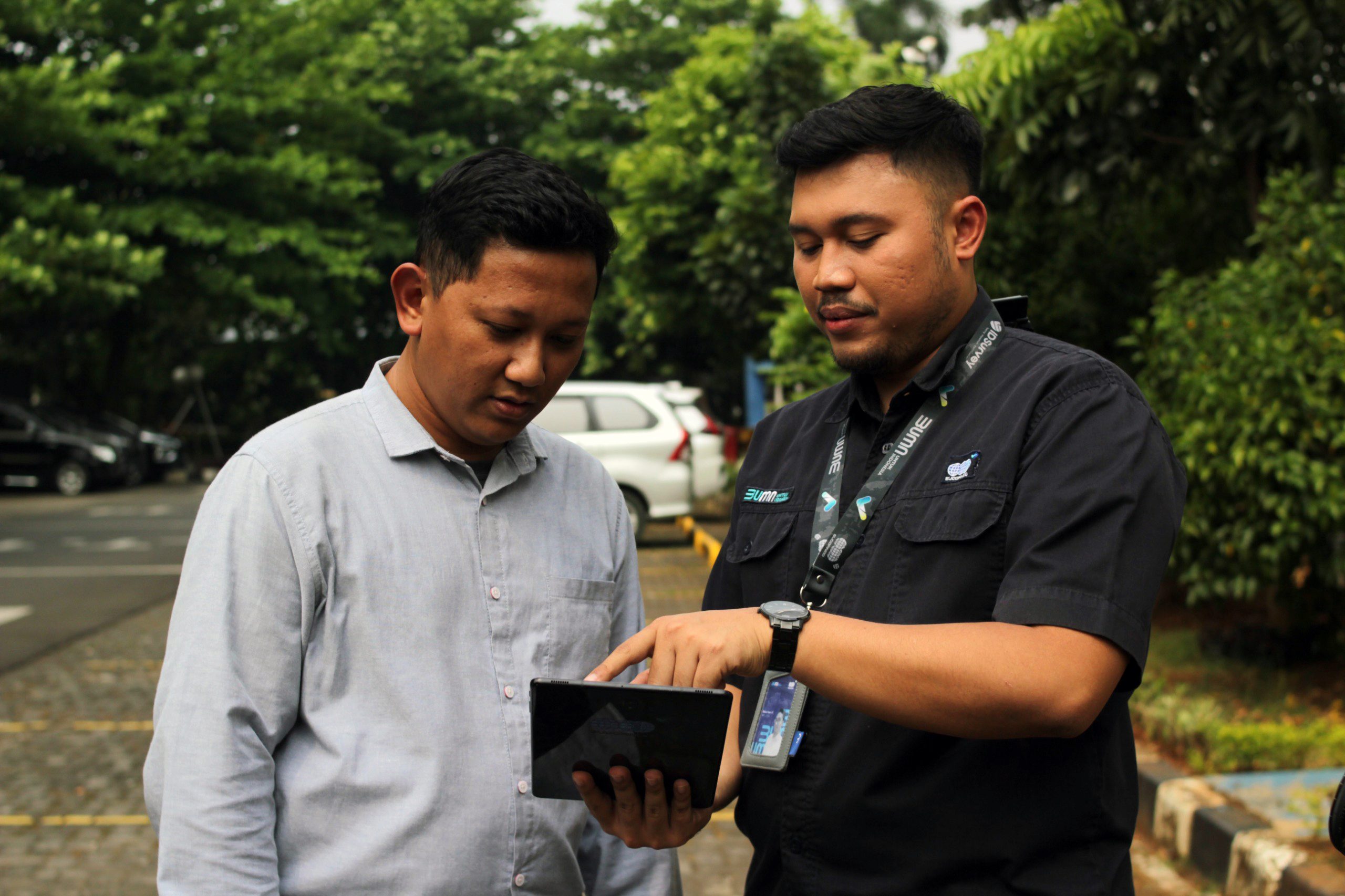The business world has undergone a radical transformation with the advent of the Fourth Industrial Revolution. Digitalization and automation have changed everything, including the way we interact with consumers. Amidst this technological wave, one thing remains irreplaceable—the role of the customer. They are no longer just recipients of products or services but have become the center of all business activities. This article will thoroughly explore why the role of the customer is becoming increasingly crucial in this digital age.
The Fourth Industrial Revolution Era: A Digital Transformation that Changes the World
The Fourth Industrial Revolution, often referred to as the digital age, marks a new chapter in human civilization. Information and communication technology (ICT) has merged with operational technology, and this change is not only reshaping how we work and live but also redefining the global business and social landscape.
What is the Fourth Industrial Revolution?
The Fourth Industrial Revolution is an era where physical and digital technologies converge, creating smart, interconnected systems. Some key technologies that define this era include:
- Internet of Things (IoT) IoT is a concept where various devices, ranging from everyday objects to industrial equipment, are connected to the internet and can communicate with one another. Imagine a world where your fridge automatically orders eggs when supplies run low or where your home lighting adjusts based on time and activity. This is the essence of IoT.
- Artificial Intelligence (AI) AI is the simulation of human intelligence processes by machines that are programmed to think like humans and mimic their actions. AI allows computer systems to learn from experience, identify patterns, make decisions, and solve problems.
- Big Data Big Data refers to vast, complex, and rapidly growing datasets. These data come from various sources like social media, sensors, online transactions, and more. Due to their enormous volume, managing and analyzing Big Data using traditional database software is challenging.
- Robotics Robotics combines various disciplines like computer science, mechanical engineering, and electronics to design, build, and operate robots. Robots are mechanical devices that can be programmed to perform tasks, both simple and complex, often mimicking human actions.
- Augmented Reality (AR) and Virtual Reality (VR) AR is a technology that overlays digital elements, such as images, videos, or 3D models, onto our view of the real world in real-time using devices like smartphones or smart glasses. VR, on the other hand, creates an entirely immersive simulated environment, making users feel as if they are inside a virtual world created by computers.
Impacts of the Fourth Industrial Revolution
The Fourth Industrial Revolution brings significant changes in various aspects of life:
- Efficiency and Productivity: Automation and robotics enhance production efficiency and reduce human errors.
- Personalization: Data collected can be used to provide customers with more personalized experiences.
- Innovation: New technologies drive the emergence of innovative products and services.
- Business Model Transformation: Many traditional business models are being disrupted by digital technology.
- Labor Challenges: Automation may replace certain jobs, creating new challenges in the workforce.
5 Roles of Customers in the Fourth Industrial Revolution
The Fourth Industrial Revolution has drastically changed the business landscape, with one significant change being the increased role of the customer. Previously, businesses dominated the determination of products and services offered, but now, customers wield greater influence over the direction of businesses.
Here are some important roles of customers in the Fourth Industrial Revolution:
- Co-Creators of Products and Services Customers now play an increasingly central role in shaping products and services. They are no longer passive consumers but actively involved in the creative process. Personalization has become a key demand, where customers expect products and services tailored to their individual needs and preferences. Direct feedback through digital platforms enables customers to provide real-time input, allowing companies to respond quickly and make improvements. Some companies even involve customers in the co-design process to create more relevant products that align with market expectations.
- Drivers of Innovation Customers today have rising expectations, pushing businesses to constantly innovate. They quickly adopt new technologies, such as smartphones and other smart devices, which compels companies to adapt and develop products that not only meet basic needs but also offer innovative features. This pressure pushes businesses to move faster and more agilely in responding to market trends driven by increasingly savvy consumers.
- Shapers of Brand Reputation In the digital era, customer feedback significantly influences the success of a brand. Reviews and testimonials shared by customers on various online platforms have become key factors in determining a brand’s reputation. Additionally, word-of-mouth marketing has grown stronger, with customers actively recommending products or services to their friends and family. Social media amplifies this influence, providing a space for customers to share their experiences, both positive and negative, widely. This underscores the importance for businesses to maintain the quality of their products and services and actively build strong customer relationships.
- Providers of Valuable Data Data collected from customer activities, both online and offline, has become a valuable asset for businesses. By analyzing consumer behavior, companies can gain deep insights into customer preferences, habits, and purchasing patterns. Additionally, sentiment analysis allows businesses to measure customer perceptions of their products or services, whether positive or negative. This data can then be used to develop more effective marketing strategies, personalize customer experiences, and identify new business opportunities.
- Decision-Makers The Fourth Industrial Revolution has granted customers greater power in the decision-making process. With easy access to a wealth of product information, customers now have a much broader range of choices and can easily compare different products before deciding to make a purchase. Nevertheless, loyal customers remain a valuable asset for companies. Customer loyalty not only generates steady revenue but can also serve as a growth source through referral programs and repeat purchases.
Implications for Businesses
The Fourth Industrial Revolution has significantly altered the role of the customer in business. Customers are no longer passive recipients of products or services but are active participants who help shape the direction of businesses. With easy access to a wide range of information, customers now have higher expectations regarding quality, personalization, and responsiveness. They also play a role as marketers through word-of-mouth and even as co-creators in product development. For businesses, this means a stronger focus on customer-centric strategies, gathering and analyzing customer data, and creating exceptional customer experiences. Additionally, companies need to be more adaptive, transparent, and collaborative to meet evolving customer expectations.
To win the hearts of customers in the Fourth Industrial Revolution, businesses must implement strategic efforts. Understanding customer needs deeply, building strong relationships, and adopting technology are key components. Focusing on customer experience, continuous innovation, and managing online reputation are also crucial. By continuously adapting to changes and creating value for customers, companies can build long-term loyalty and succeed in an increasingly competitive market.
By understanding customer preferences and expectations, businesses can develop more effective strategies. SUCOFINDO‘s Customer Satisfaction Survey service will help you identify areas for improvement and take the right actions. Don’t wait any longer—visit our website for more information and start building a customer-centric business.







